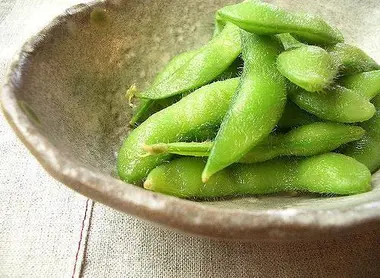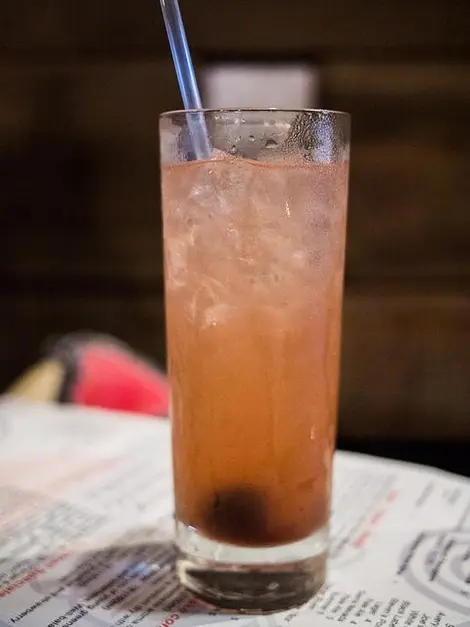Aperitif in Japan
- Published on : 30/06/2017
- by : I.D.O.
- Youtube
Cheers!
The aperitif "à la française" does not have its equivalent in Japan. However, having a drink all together is a convivial function and it is customary to have a toast before a meal with friends or with guests.
Before, in Japan, and especially at the time of the aperitif , it was customary to serve the guests of beer or fresh sake to welcome them. Over the last few decades, the popularity of wine among some of the Japanese population - especially women and urban - has changed some habits and in some homes, it is possible to offer wine before the meal instead of beer.
In Japanese restaurants, there is also more of beer or fresh sake if customers wish to have a drink before the meal but the wine also has its place.
Nippon mixes
In the izakaya, a kind of tavern where one finds oneself for drinking and snacking amongst colleagues or friends, the aperitif was designated the name nomikai, the choices are more varied and there are many cocktails of foreign origin or even Japanese cocktails such as the famous sawa (based on soda), shochu (an alcoholic beverage whose ingredient varies: rice, barley, etc.) and a fruit liqueur. A very popular choice is also the haibôru: mix of whiskey and soda.
The most popular is undoubtedly the ume sour, with the liqueur of green plum, which one can find in their glass. Of course, they also serve beer, bottled or pressed, served fresh or hot sake and shochu.
We must eat!
These drinks are accompanied by what is called otsumami, which can be translated as "Picking Up Snacks". These are not specific dishes as an aperitif but rather mini portions of dishes that usually accompany meals. Mini potato salad, vegetable dish in brine, a few slivers of raw fish ... This is to open the appetite and not to cut it!
At home, the hosts prepare nothing special for the aperitif since it will be followed by a meal. Sembei, Japanese crackers with various tastes and shapes, are served here . These small cookies made of glutinous rice can be eaten as an aperitif, snack or children's snack. Among the most widespread are kaki no tane , literally kaki seeds, because these tiny crackers with very spicy rice resemble (vaguely) kernels of kaki. They are mixed with peanuts that soften their spicy taste. Some of these crackers have a sweet-savory taste, while others are seasoned with wasabi, Japanese mustard. They can be mixed with tiny dried fish.
Edamame, still green soybeans cooked in salt water are unavoidable, whether in an izakaya or at home. Full of vitamins, they are a healthy food and are loved by young and old alike. These beans are still served lukewarm in their slightly hairy husk which is pressed to remove two or three very round and tasty grains. In fact everything is delicios !
















